H. Moser Endeavour Perpetual Calendar Tantalum Blue Enamel: It’s Stunning!
by Tim Mosso
For a brand revived in the mid-2000s, H. Moser & Cie. of Schaffhausen feels like it’s lived many lives. From the early years of financial tumult to the 2012 Meylan family takeover to the recent refocus on base metal sports watches, modern-day Moser knows a thing or two about makeovers. And that fits the description of today’s featured watch, the Endeavour Perpetual Calendar Tantalum Blue Enamel. The basic package has been around, but variants this appealing rarely come around.
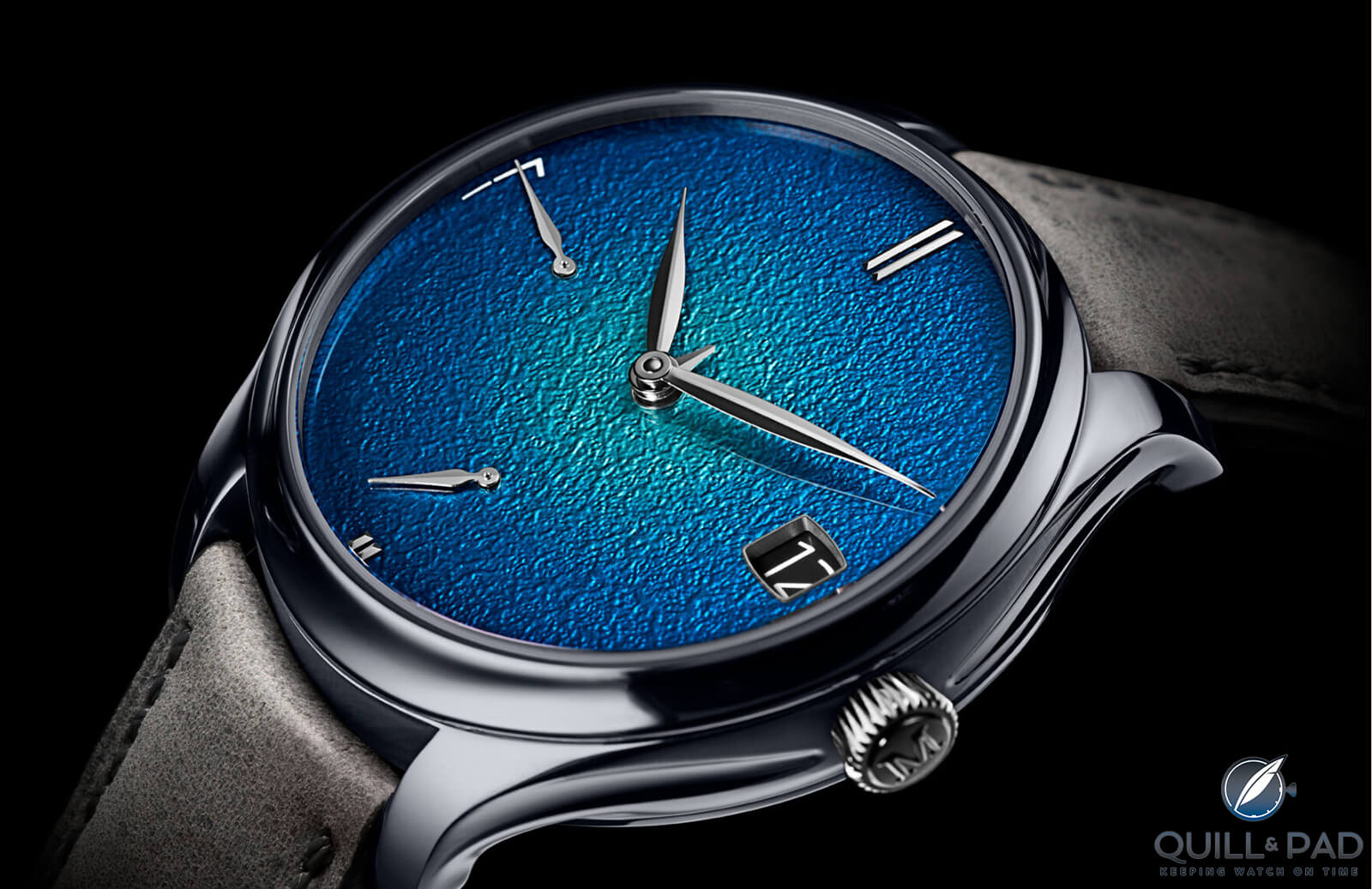
H. Moser Endeavour Perpetual Calendar Tantalum Blue Enamel
First, let’s get over the name. “Endeavour Perpetual Calendar Tantalum Blue Enamel” sounds exactly like something concocted by a German-Swiss marketing department – and it’s not a lie! Brutal literalism aside, the name’s a mouthful. Henceforth, let’s refer this model by its original 2006 birth name: Perpetual.
Semantics vanquished; the device is a stunner. Moser’s Endeavour case is one of the most complex and distinctive in the watch business. Machined from the solid and hand-finished for detail, the dips and swells of this fluid form have few parallels at any price.
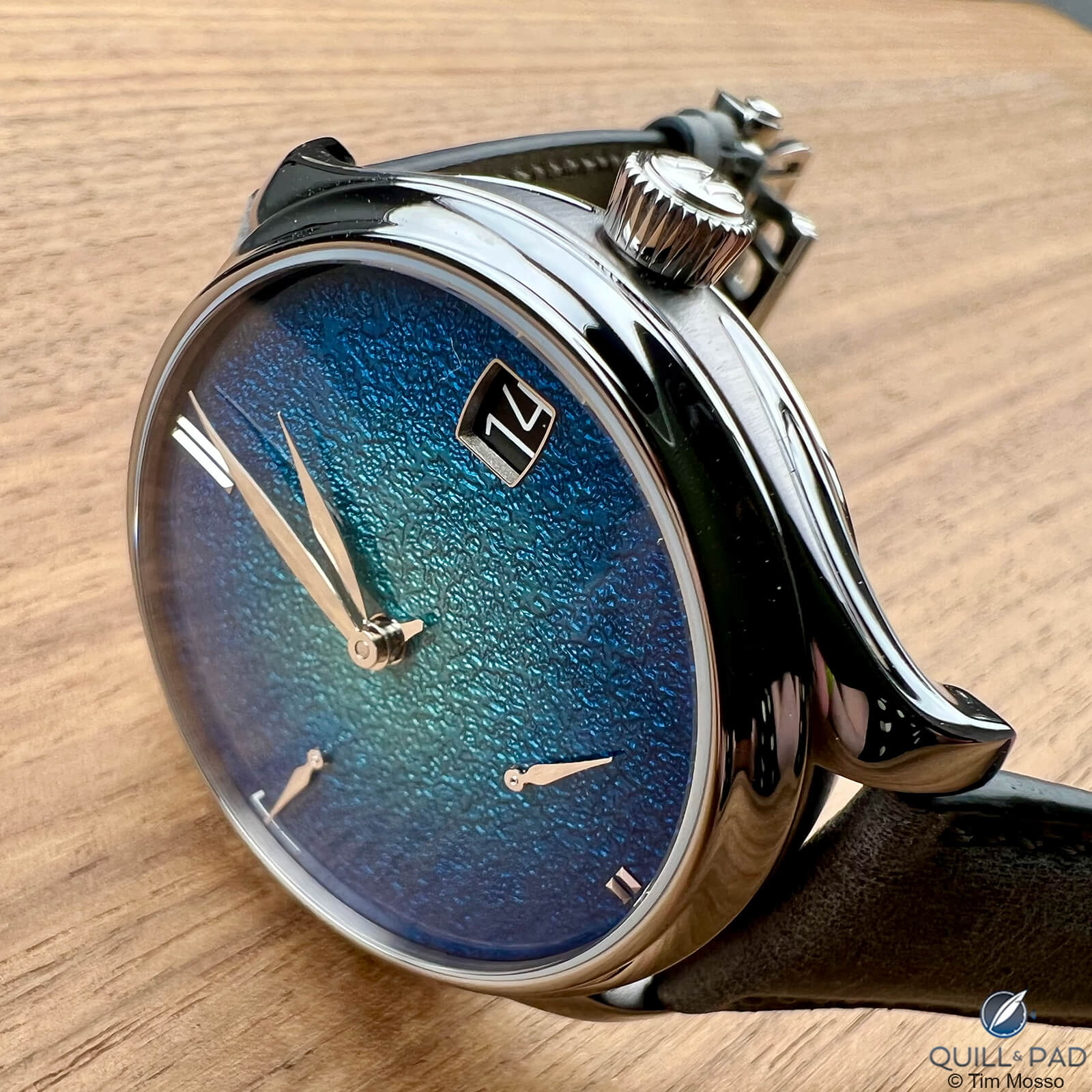
H. Moser Endeavour Perpetual Calendar Tantalum Blue Enamel
Not only is the bezel concave, but it elongates at twelve and six o’clock. Lug profiles are scalloped and internally polished. The mid-case at nine and three features vertically brushed satin, and the caseback employs a vaulted camber that arcs over the wrist.
But that’s the generic Endeavour shape; this one is tantalum. The weighty medium is old hand in luxury watches but rarely seen. Its most famous exponent is F.P. Journe, whose Chronomètre Bleu roared onto the scene in 2009. However, Audemars Piguet employed the blue-grey metal on a series of references in the 1980s, and therein lies the genesis of today’s Moser. CEO Edouard Meylan, whose family has close historical ties to Audemars Piguet through his father, Georges-Henri, received a Royal Oak with tantalum case as his first fine watch.
————————————————————————————————————–
—————————————————————————————————–
In a recent interview, Meylan expressed to me that he never forgot that tantalum AP and hoped to revisit the concept with Moser. Enter the tantalum Perpetual. Moser is open about sourcing its dials and cases from high-grade suppliers. Apparently, the tantalum case was a bit of a nightmare for all parties. Meylan estimated that each case produced required a dedicated set of tools; most of these were left unserviceable upon completion of a single case.
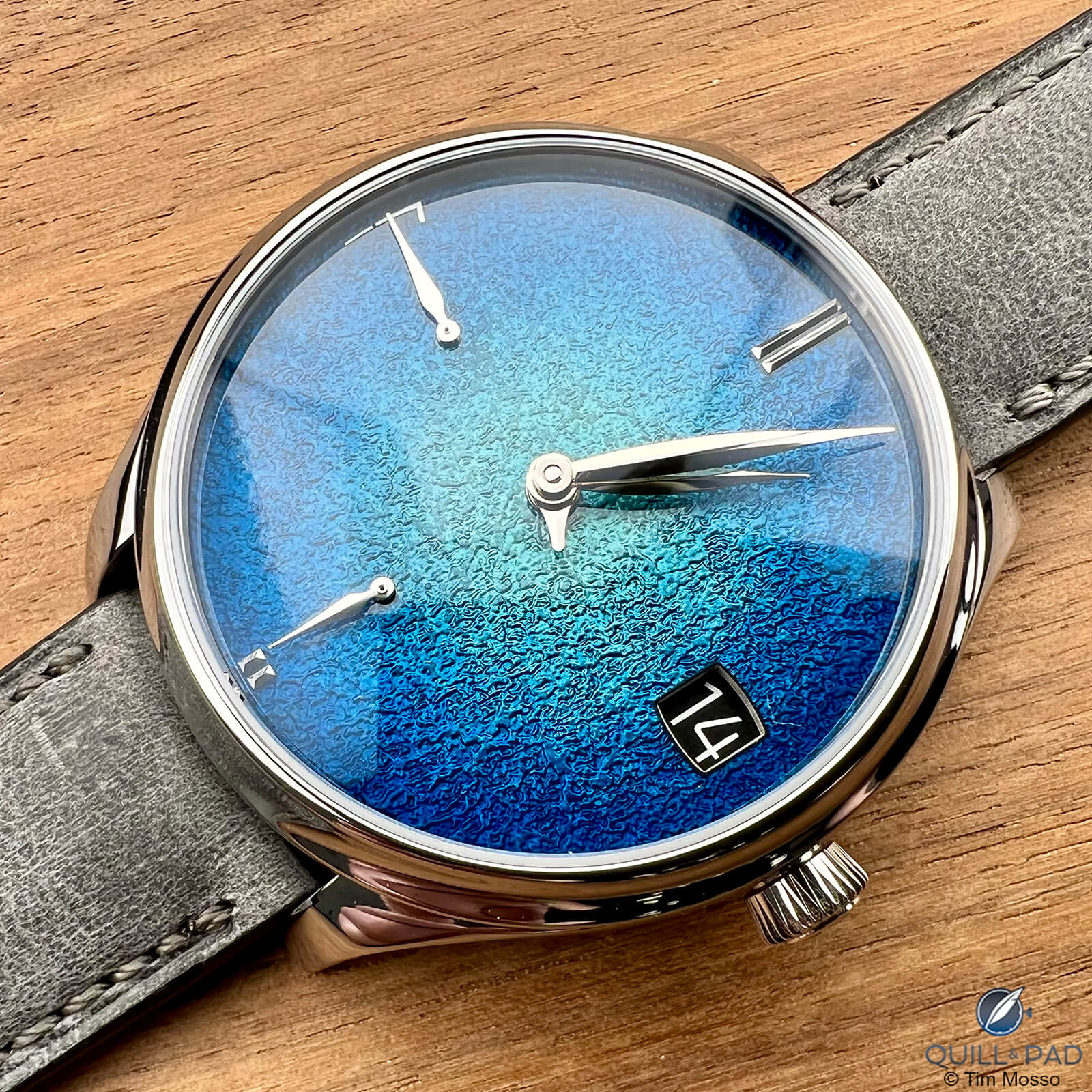
H. Moser Endeavour Perpetual Calendar Tantalum Blue Enamel
Working and finishing tantalum is no casual matter. During a 2017 tour of Montres Journe SA’s dial and case factory, “Cadraniers/Boîtiers de Genève,” I was allowed to witness the design, fabrication, and finishing of every single component with the exception of the Chronomètre Bleu tantalum case.
Even polishing the case was considered off-limits to visitors, and the guy who did the polishing apparently learned this the hard way from The Boss (hint: there’s only one “boss” at Montres Journe). Edouard Meylan’s lamentation that the wrought material smears like butter and runs like syrup seems to be well-founded.
While it’s impossible to tell how many failed cases wound up in the recycling bin, the survivors are spectacular. Tantalum is a living metal with weight akin to precious materials but a tendency to patina like bronze or sterling silver. Even the fresh 2023 example depicted in the photos has begun to form a shallow oxide barrier that’s most visible on its polished facets. As with titanium and aluminum, the oxide eventually seals and protects the underlying material, but the outer layer acquires a permanent cloud and shading unique to each watch.
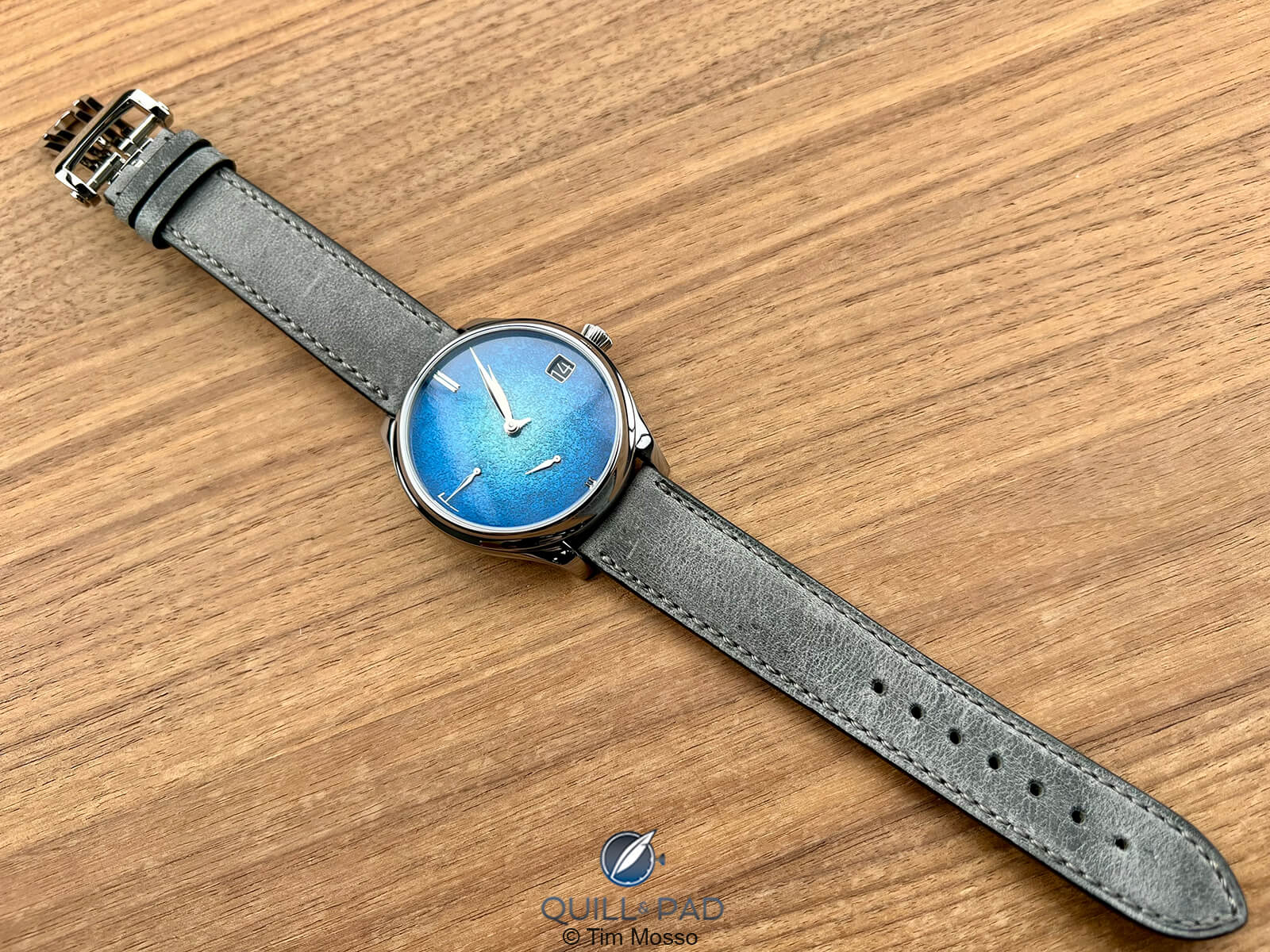
H. Moser Endeavour Perpetual Calendar Tantalum Blue Enamel
This Moser model debuted in the current calendar year, but legacy tantalum from AP and Journe indicates that very little change occurs after the initial layer forms. Journe CBs from 2009 still visibly possess evidence of original factory polish. As a result, the satin-finished and polished details will endure sufficiently to read as distinct. Due to economic considerations and fabrication challenges, the Moser’s caseback, crown, and pin buckle are made from stainless steel; look closely, and the Perpetual’s subtle two-tone steel-tantalum effect becomes apparent.
—————————————————————————————————–
—————————————————————————————————–
On the wrist, the Perpetual feels like a gold watch. Gold has atomic number 79, and tantalum has 73, so the wrist weighting has parallels. Moser’s case fits as well as it looks. The curve of the caseback and its sapphire is an impressive feat of water resistance and a factor in its ergonomic favor. The author’s 16cm circumference wrist was — just — able to accommodate this massive 42mm case.
At 13.5mm thick and 48.5mm lug-to-lug, this machine does its best to make friends with tiny wrists, but Moser’s choice to opt against a 40mm case feels like a lost opportunity to make a great watch nearly perfect.
If the Perpetual’s tantalum carapace is the last word in cool, then its translucent enamel dial is the exclamation mark at the end of that statement.
Moser is famous for its fumé — smoked — dial fades, but the vitreous execution here is on a different level. The brand dubs this color “abyss,” but like all fades, it’s a gradient of colors carefully controlled by meticulous production. At least a dozen firings at 800 degrees Celsius are required to achieve the final effect; dials can crack or explode during the process, so slow-going is the rule.
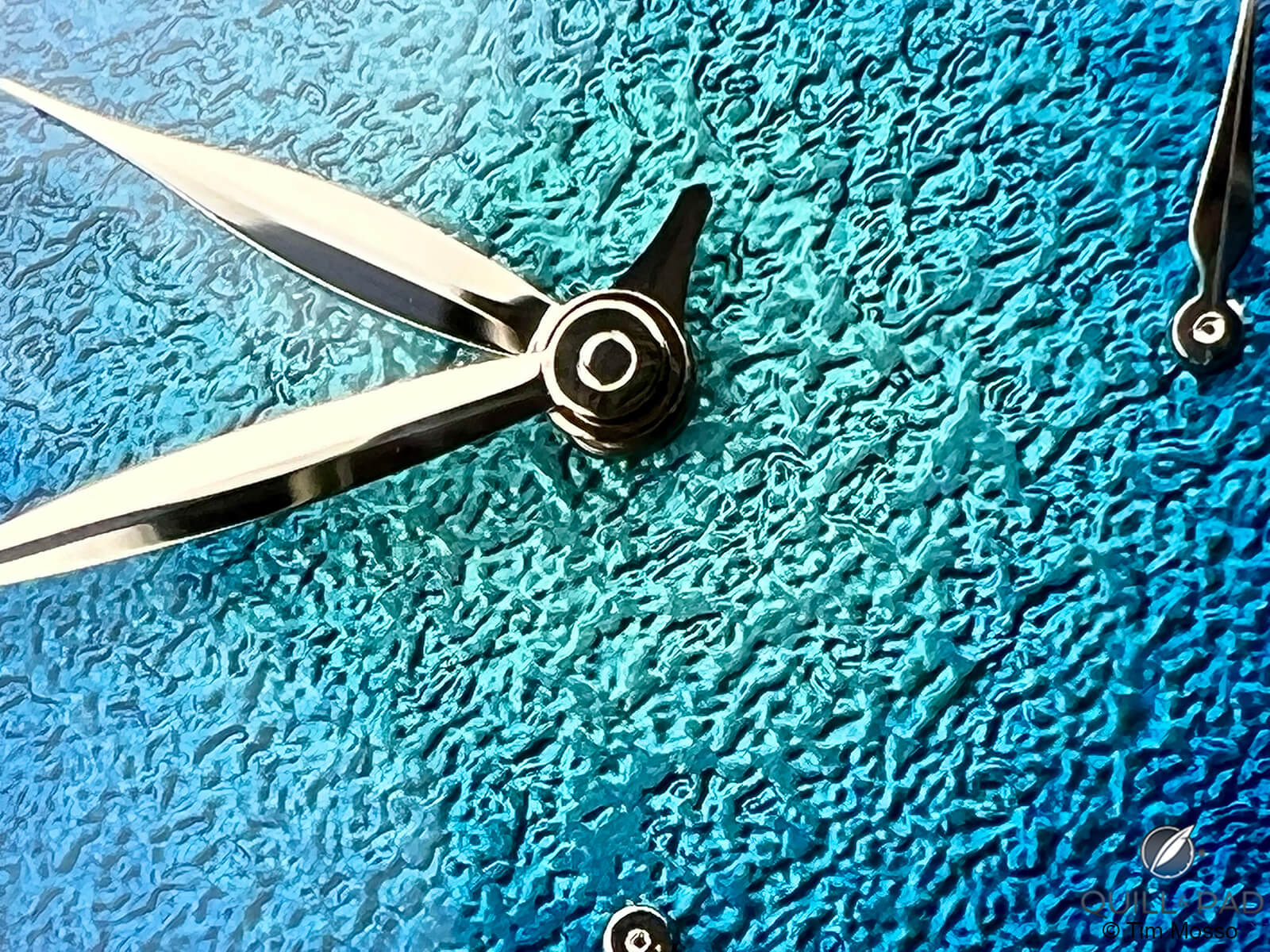
Close up of the enamel dial of the H. Moser Endeavour Perpetual Calendar Tantalum Blue Enamel
While enamel can and has been cooked on copper and silver dial blanks, this Perpetual employs the traditional substrate in the form of a hammered-style solid gold base. It’s reminiscent of traditional “tremblage” but with larger ripples that better catch the light.
Mechanically, the Moser caliber HMC 800 remains as fresh as the day it bowed in the mid-2000s.
The perpetual calendar system was designed long ago by Andreas Strehler, and it reflects his emphasis on simple expressions of complex functions. The crown adjusts the calendar system; its operations is bi-directional by design. A stub index under the center hands indicates the month by corresponding to the sequence of the hours; 1 is “January,” 2 is “February,” and so on.
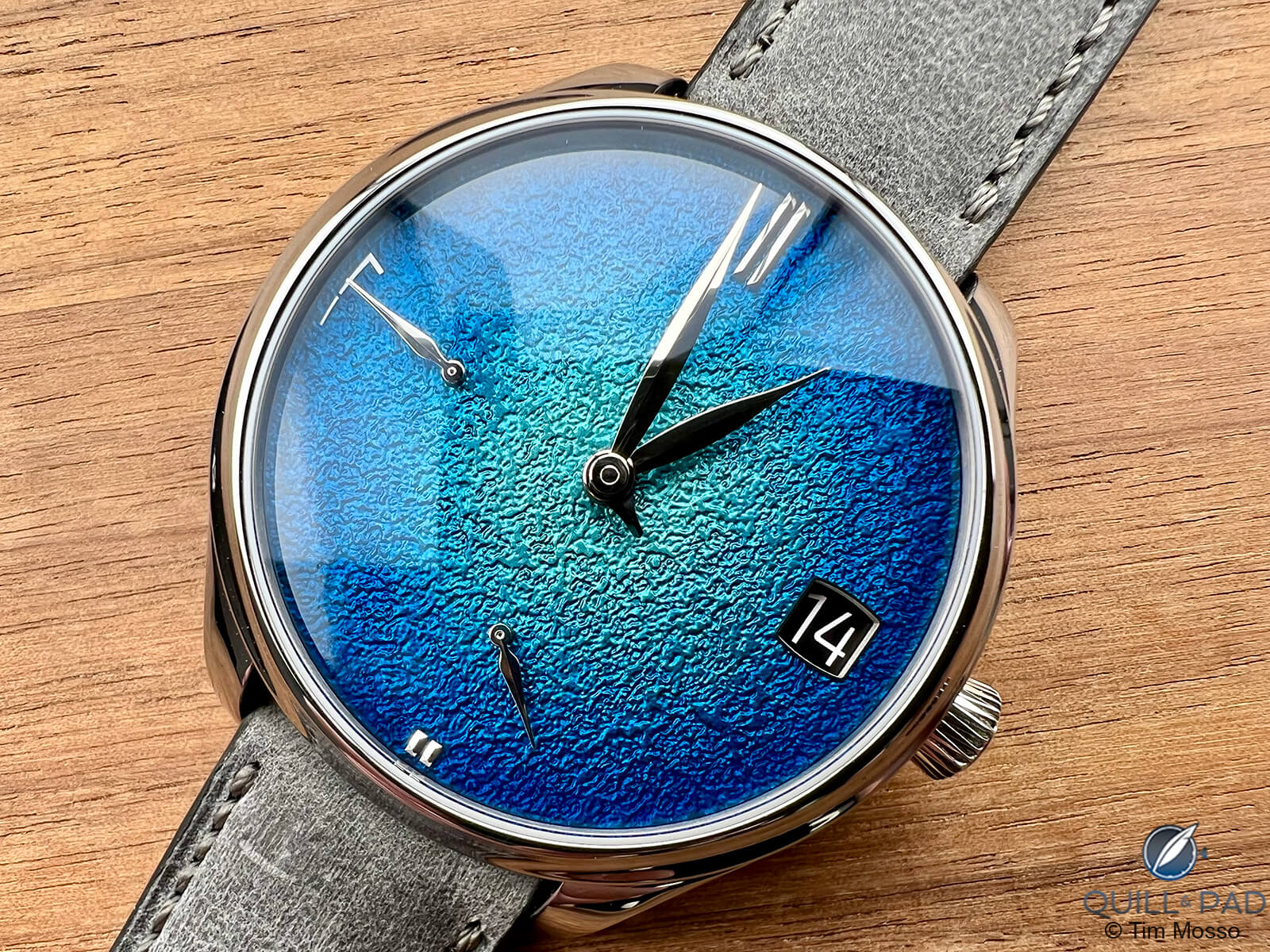
H. Moser Endeavour Perpetual Calendar Tantalum Blue Enamel
The jumbo date display is enabled by two overlapping discs that permit a large date indication without a commensurately huge dial. Strehler moved the leap year phase indicator to the caseback on the reasonable assumption that it would be needed infrequently.
—————————————————————————————————–
—————————————————————————————————–
The HMC 800 includes twin mainspring barrels and a rated power reserve of seven days. However, this number appears to represent a “chronometric” rather than absolute rating. For best results, wind the watch every seven days at minimum. For sport, run it until it stops, and the HMC 800 usually approaches nine days before stalling. Perhaps for this reason, the dial-side power reserve indicator has no numerical scale on any version of the Perpetual.
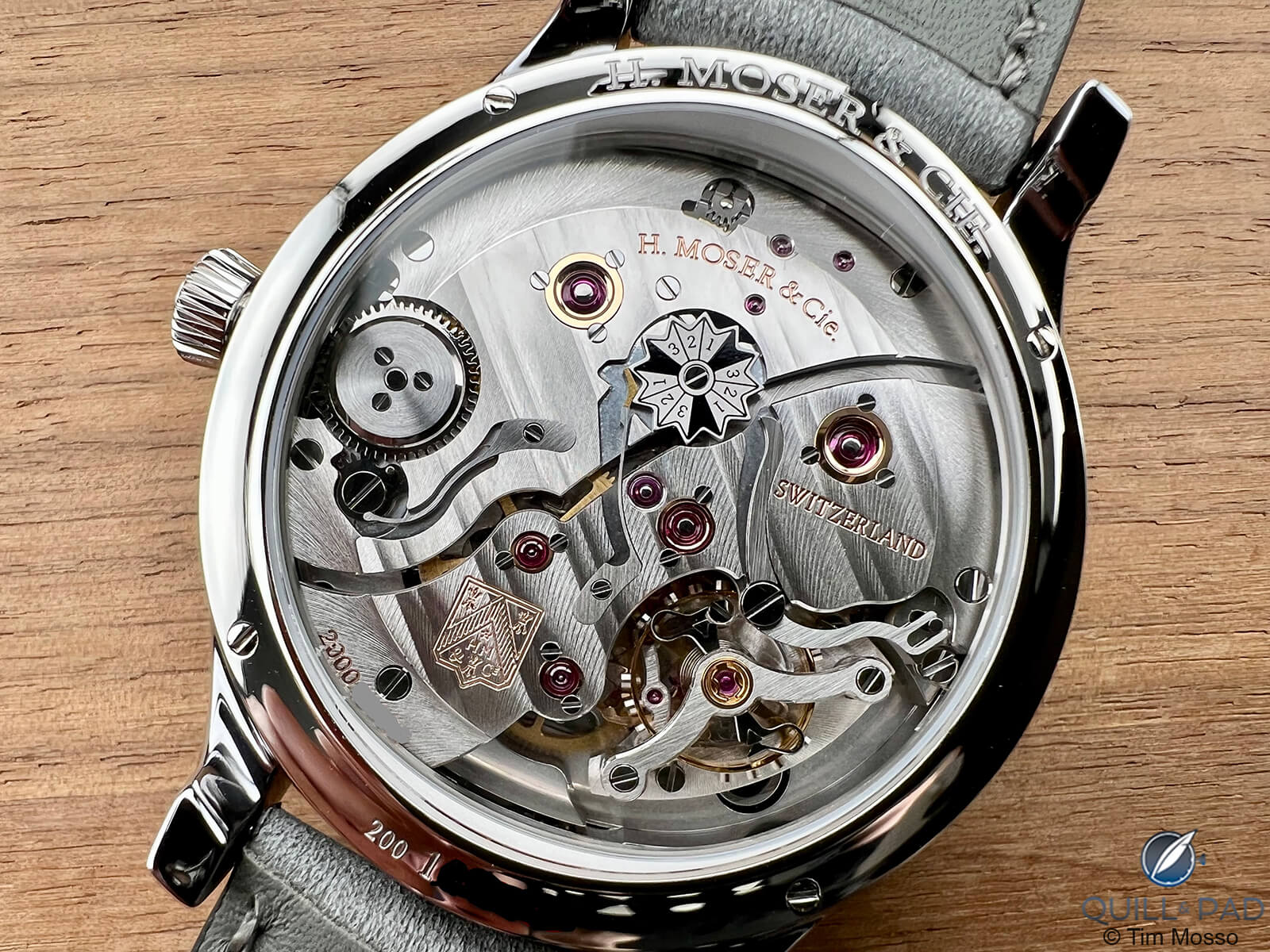
Moser manufacture Caliber HMC 800
Mechanical details of the movement are compelling. Moser employs a full balance bridge and a free-sprung balance for stability against shock and concussion. For reduced friction, Moser employs a 14-karat gold escapement. To counter the effect of gravity on timekeeping, two flat hairsprings of identical construction sit 180 degrees opposed; when one slows due to gravity or a movement force, the other accelerates by an equal and opposite magnitude.
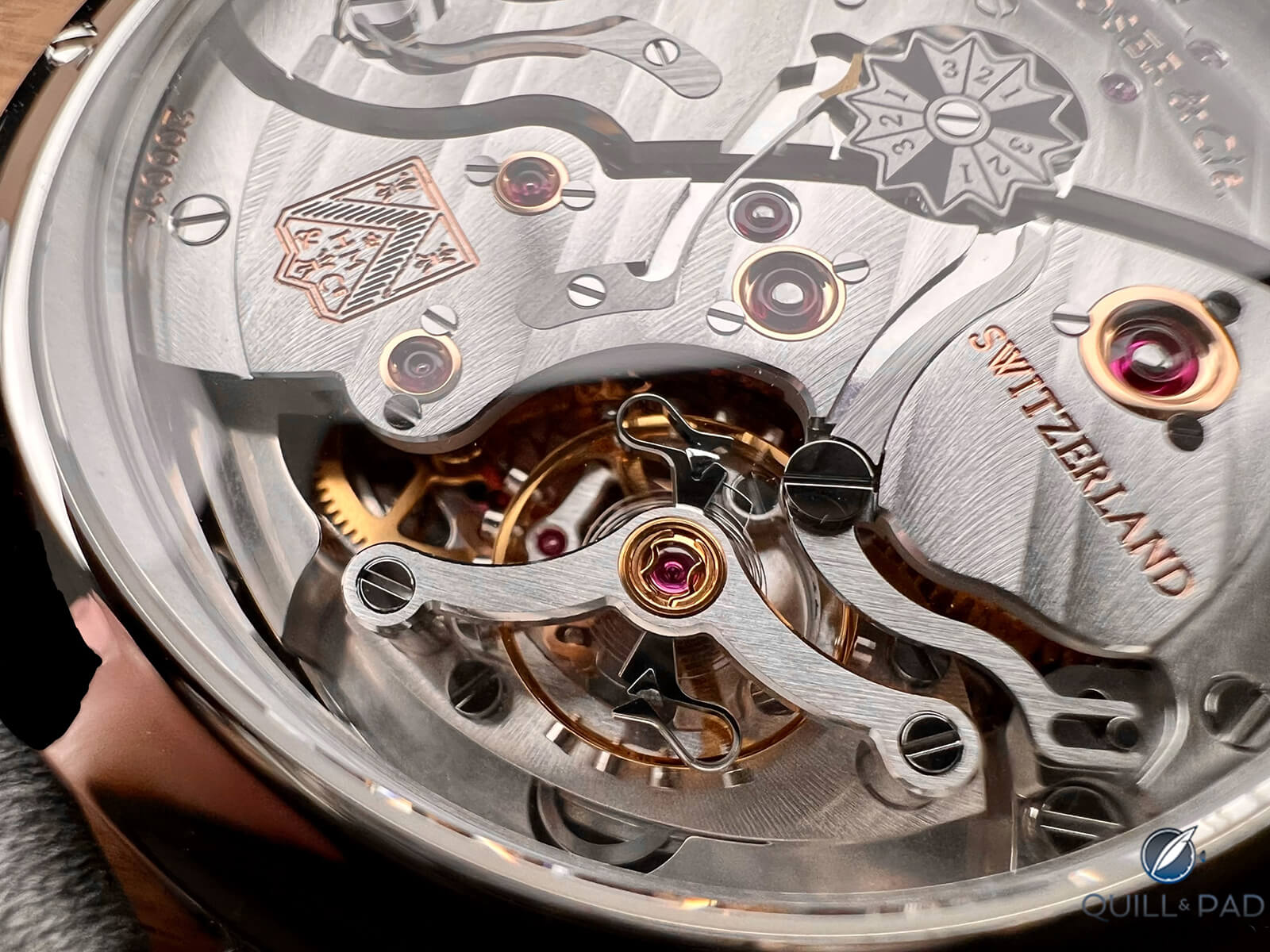
The Moser in-house escapenet and regulator can easily be removed and replaced if necessary during servicing
The effect is like that of a tourbillon pocket watch, but the system works instantly in the context of a wristwatch’s ever-changing orientation. Most impressive is the fact that Moser’s Precision Engineering AG unit fabricates the hairsprings, balance wheel, and escapement in-house. The company is known industry-wide as one of the smallest and most specialized providers of these components to other independent brands.
Even better, the entire assortment can be removed as a unit from the watch. The balance assembly and escapement sit on a platform that’s designed to fit into the watch as a plug-and-play module. This part of the watch is well-known to watchmakers as the most delicate and time-consuming part of a standard mechanical service.
Between sensitive components, demanding lubrication, and extended adjustment needs, the assortment often becomes a constraining factor during a watch service. Moser keeps pre-lubricated and adjusted platforms ready at its global service branches. While only flagship Moser models boast this feature, the Perpetual easily qualifies as such.
—————————————————————————————————–
—————————————————————————————————–
While “hacking seconds” shouldn’t count among the standout features of an $82,500 watch, the sheer number of haute horlogerie group and independent brands without such a function places Moser in surprisingly rarefied company. Additional pleasing details include a supple kudu-leather strap. If, like the author, you required a Google search to visualize that animal, then you are sadly not in rarified company.
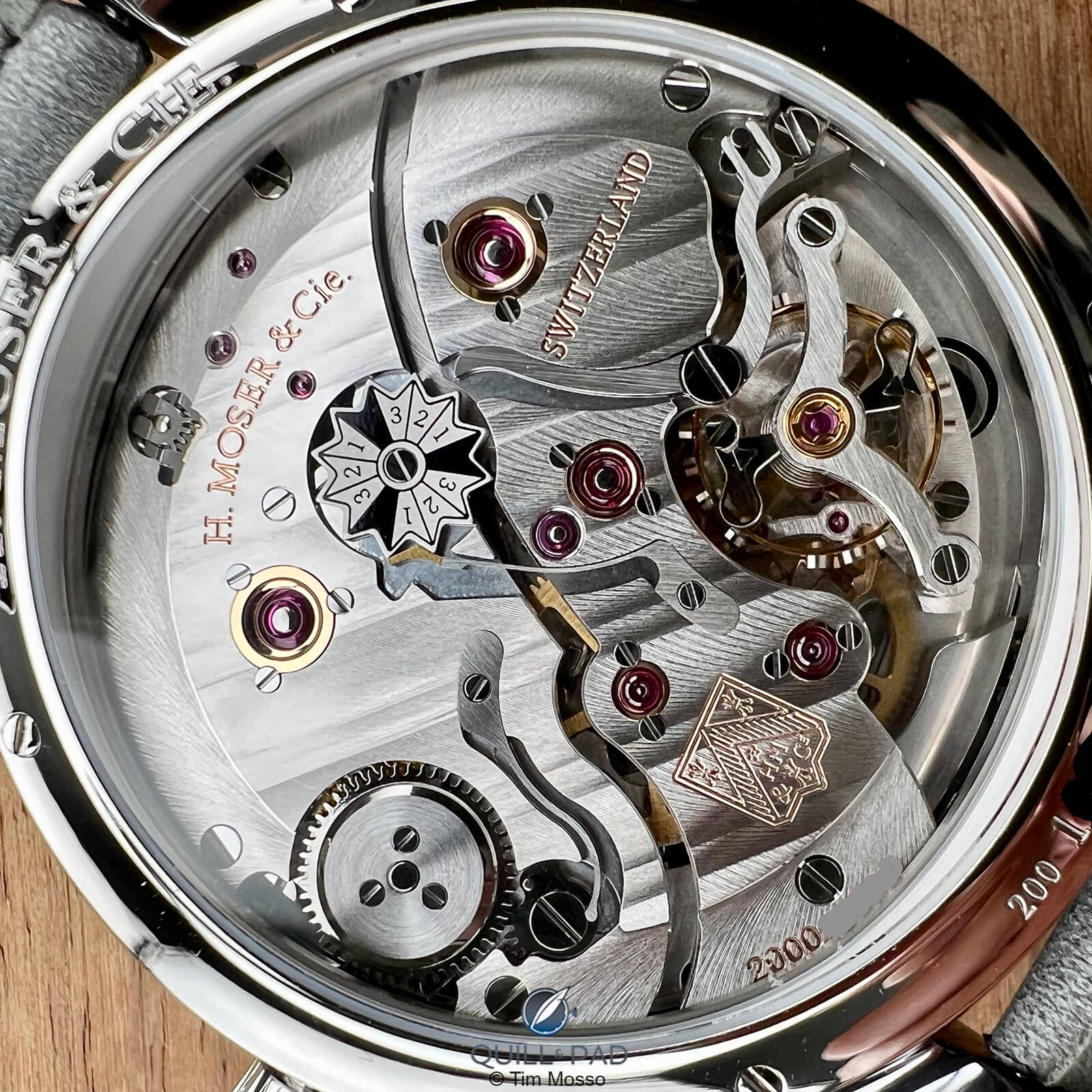
Moser manufacture Caliber HMC 800
Finish of the caliber is price appropriate. It is well known that brands such as Moser and Journe work diligently to strike a balance between finishing detail and retail pricing. Along with major group brands like AP, Jaeger-LeCoultre, and other undeniably elite-tier outfits, Moser attempts to balance production realities with decorative ambition.
Consequently, Moser blends elements of hand-finish and machine finish throughout. Upon close examination, bevels are machined with bite-marks still evident from the milling tools. The base plate is clean but largely nondescript. Screws are black-polished but not elaborately beveled within their slots or around their circumference. The large setting lever for the leap year is brushed but not beveled. Frankly, this is OK. The execution is price-appropriate, and the architecture picks up where the finishing details leave off.

H. Moser Endeavour Perpetual Calendar Tantalum Blue Enamel
Moser employs distinctive architectural features that recall its predecessor company’s nineteenth and twentieth-century pocket watches. The bridges, though split for easier service, are designed to read like the three-quarter bridges of antiquity. Golden chaton cups fixed by screws retain the twin mainspring barrel arbors and drivetrain pivots. Double-crested stripes — a modern Moser signature — animate the bridges. A lovely swan’s neck click spring recalls the pocket watch epoch.
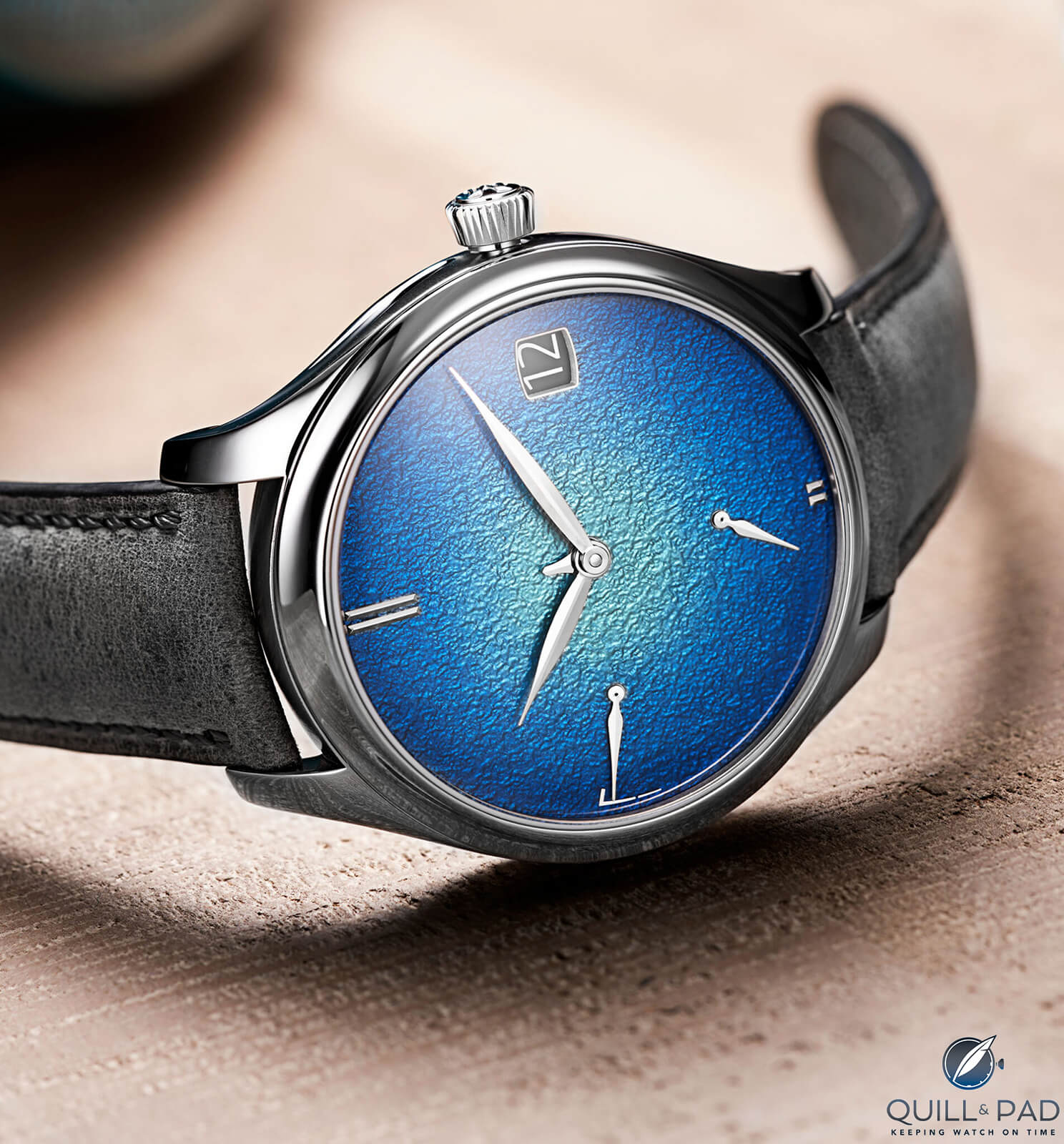
H. Moser Endeavour Perpetual Calendar Tantalum Blue Enamel
Watch collectors often grasp at rational straws when attempting to justify the purchase of a watch priced like a BMW M3. As a German-Swiss watch, the Endeavour Perpetual Calendar Tantalum Blue Enamel certainly appeals to the rational mind. It’s technically impressive, performs useful functions, and features sensible engineering. But selecting tantalum and enamel casts practical considerations to the wind — there’s your French-Swiss Meylan family influence. Fortunately, the Swiss themselves called this contest as a draw back in 1291. Why choose when you can have both?
For more information, please visit www.h-moser.com/product/endeavour-perpetual-calendar-1800-2000/
Quick facts:
Indications: hours, minutes, (hacking) seconds, large date, power reserve, perpetual calendar
Case: tantalum and steel
Dial: Abyss blue fume over-fired enamel
Dimensions:
Movement: Moser manufacture Caliber HMC 800
Strap: Kudu leather
Water resistance:
Price: CHF 75,000-
You might also enjoy:
H. Moser & Cie Hits the Sweet Spot with Two New Pioneer models in 40mm
H. Moser & Cie Pioneer Cylindrical Tourbillon Skeleton: Having A Funky Good Time On Your Own Terms
H. Moser & Cie Streamliner Perpetual Calendar: Elegant Minimalism
H. Moser & Cie Funky Blue Streamliner Flyback Chronograph: Not Just Another Pretty Blue Face
Leave a Reply
Want to join the discussion?Feel free to contribute!

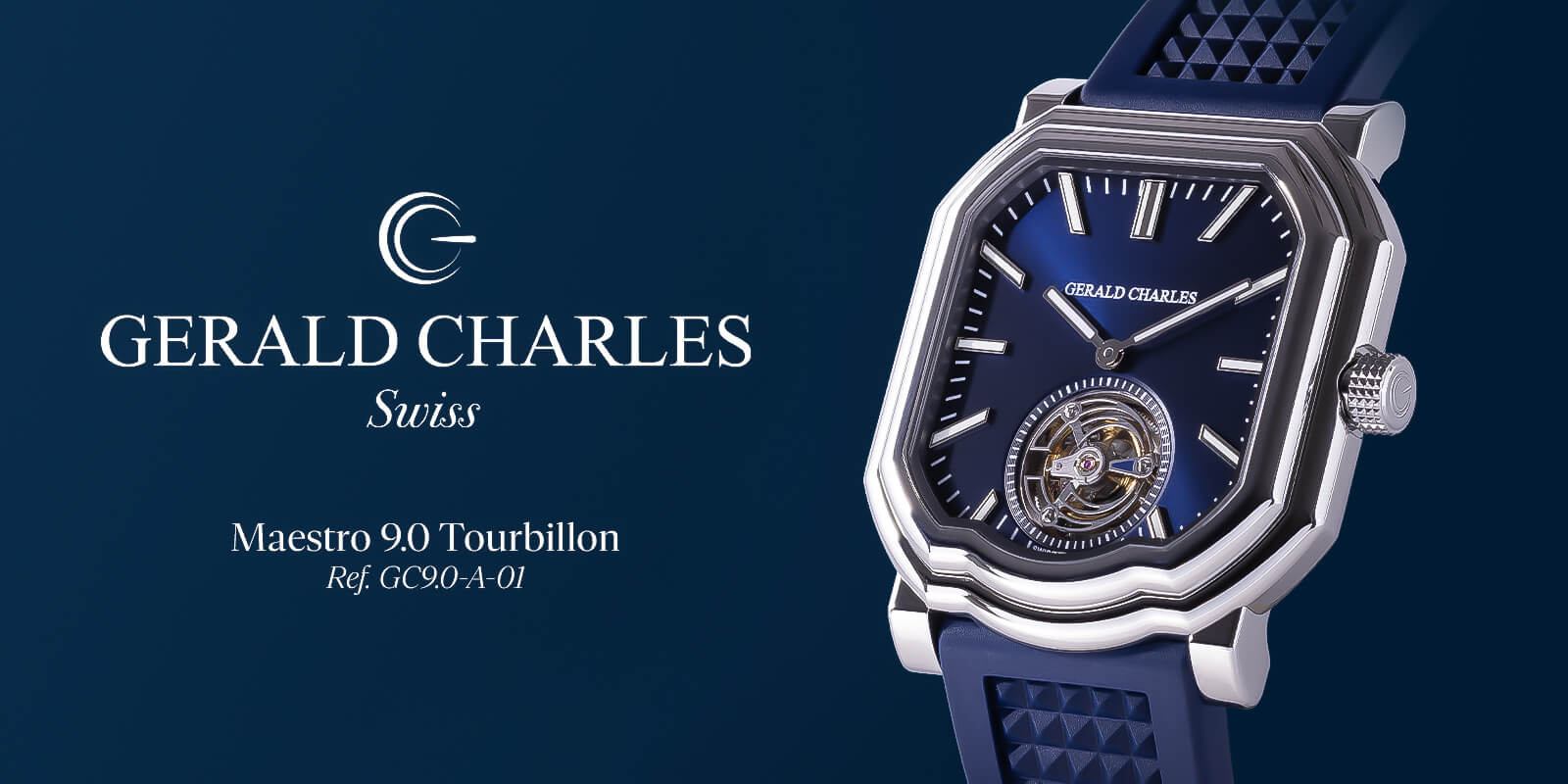
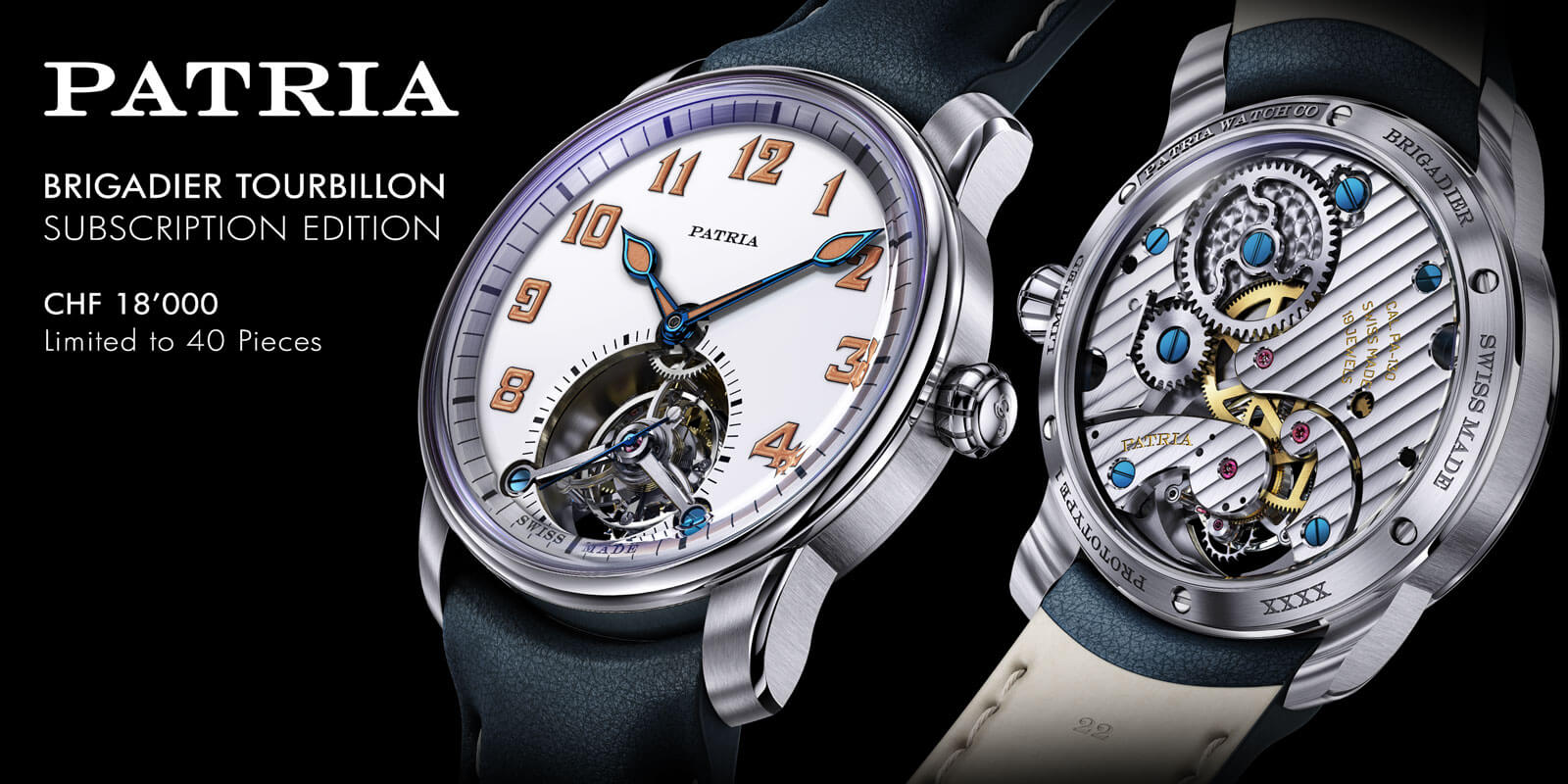
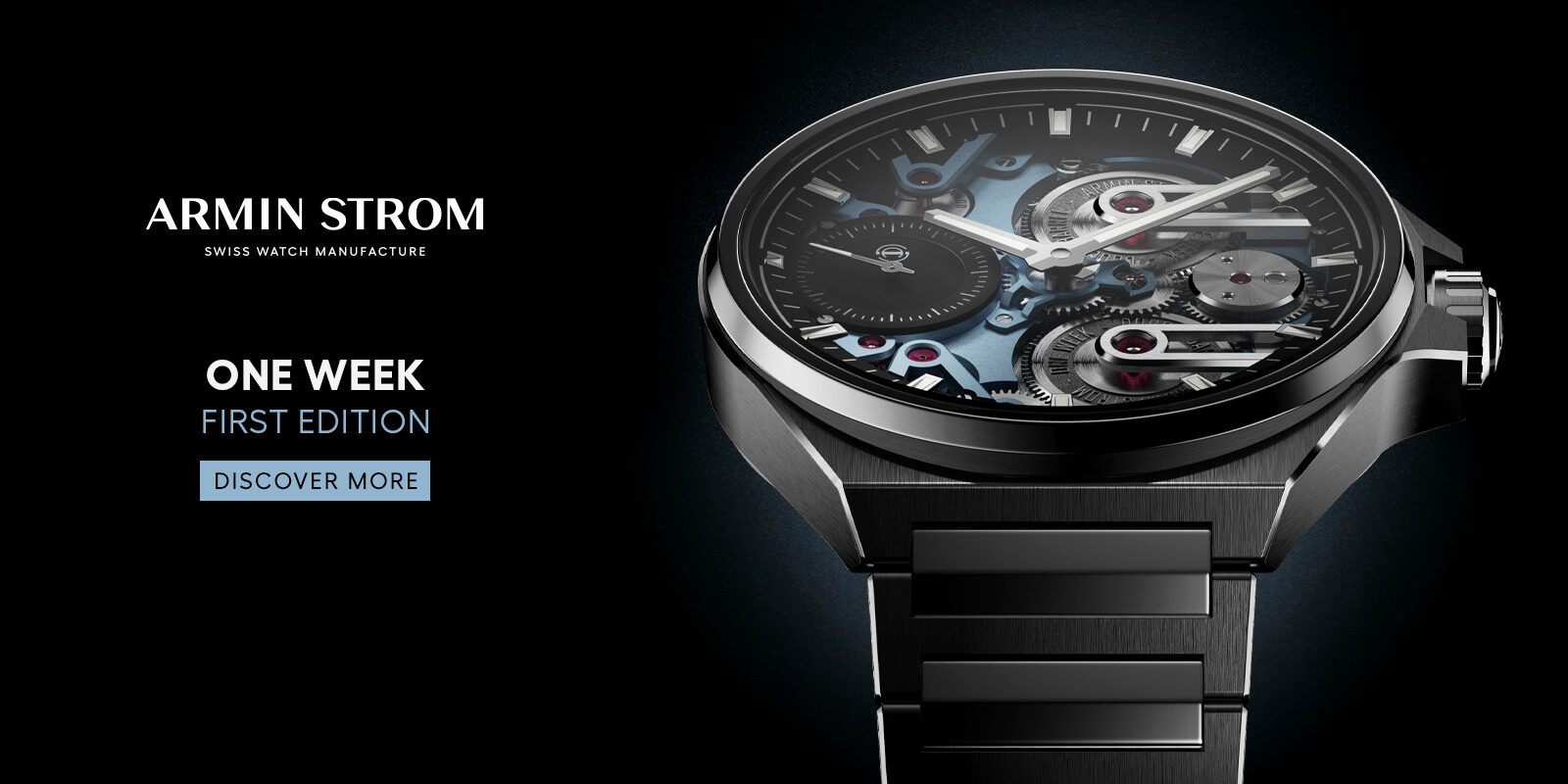


Juuuuuuusst a bit overpriced.
I don’t think the date window has overlapping wheels. Maybe I’m wrong but looks to be a more standard date wheel.
It’s definitely two. They’re superimposed, and only one is visible at a time.